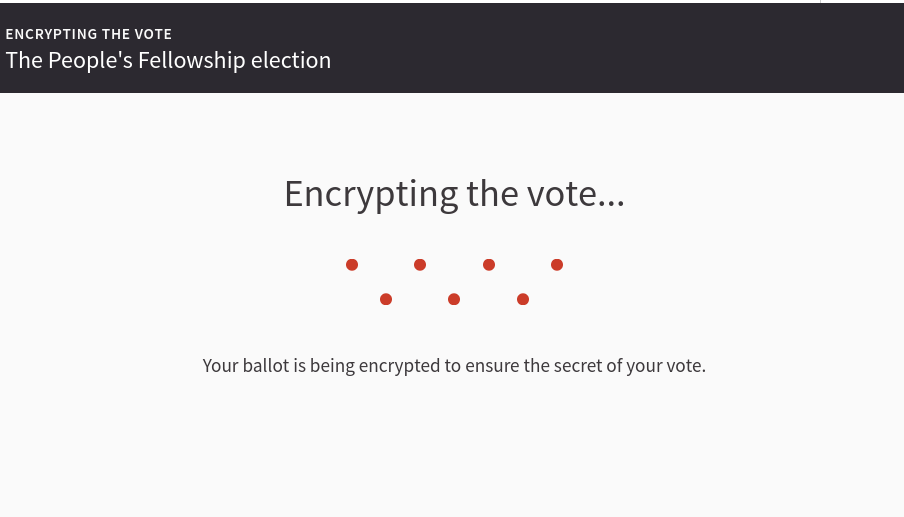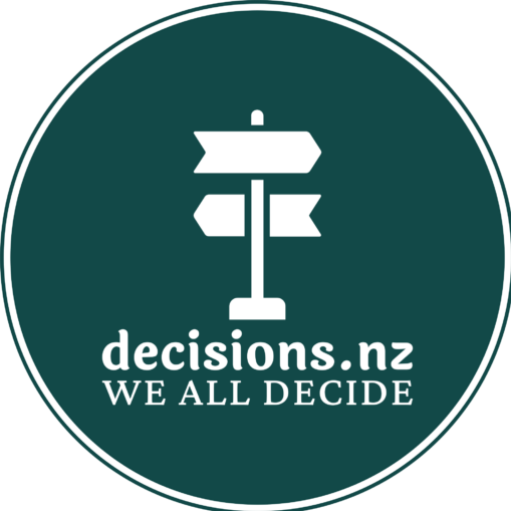Who can use our system?
This is primarily a public consultation and voting system for the public of New Zealand. It will enable participation and voting in everything from neighbourhood level decisions to national level.
The public system incorporates government and councils in the decision making process.
However, we aren’t just a public decision making system.
We also enable private groups and communities as well as businesses to run their own private systems of democracy.
Features
Our system features:
Spaces for participation
- Participatory processes
- Democratises common issues, step by step. Processes is a space that allows to create, activate/deactivate, and manage various participatory processes. These are distinguished from other spaces by being structured in different phases within which all of the components can be incorporated. Examples of participatory processes are: an election process for members of a committee, participatory budgeting, a strategic planning process, the collaborative writing of a regulation or norm, the design of an urban space or the production of a public policy plan.
- Assemblies
- This is where we detail proposals from decision-making bodies or groups (councils, working groups, commissions, etc.) that meet regularly, detailing their composition, listing and geolocating their meetings. It allows participation in them, for example, attending in person or online, adding issues to the agenda, or commenting on the proposals and decisions taken by that body.
- Votings
- The right to help decide for all affect by a decision.
- Makes it possible to coordinate referendums, trigger discussions and debates, get voting results published and connect to a secure e-voting system.
- Initiatives
- Setting everyone’s agenda, within everyone’s reach. Participants can create collaborative initiatives, define their path and goals, gather endorsements, discuss, debate and disseminate initiatives, set meeting points where signatures can be collected from attendees or debates open to other members of the organisation.
- Debates
- Adds debate to any participatory process to bring out the best ideas and thoughts. Non constructive input can be voted out or removed.
- Makes it possible to coordinate referendums, trigger discussions and debates, get voting results published and connect to a secure e-voting system.

Components
Proposals
Your ideas in detail
You can create a proposal using a creation wizard, compare it with the existing ones, publish it on the platform and include additional information such as geolocation or attached documents and images. This component also allows you to navigate, filter and interact with a set of proposals. In addition, with the proposal-incubator you can create collaborative proposals.
Voting
Vote on all issues relevant to you, from neighbourhood issues to national level issues.
Results
We can turn your proposals into results for your neighbourhood, town, region or even the whole country.
Accountability
We can hold authorities accountable by showing their plans, what they said about those plans, and then later what actually happened.
Meetings and Conferences
With our system you can setup and attend meetings of any size anywhere, publically or privately for your organisation.
Surveys
You can run your own surveys
Comments
Building a collective intelligence
We will often enable users to add comments to public proposals and for the public to vote on those comments to help admin the comments and and build kudos for users for excellent comments.
Pages and blogs
Each community can create informative pages with rich text formatting, embedded pictures and videos. The blog component makes possible the creation of posts or news, and to navigate them chronologically.
Notifications
Personalised information on interesting content
You can track any space or component so that you can receive updates whenever they happen.
Trust, Safety, Security
Our system is fully encrypted in transit and storage and it employs decentralised blockchain technology for some components. Being safe and secure is vitally important for this, but so is trust of exactly what happens to your data. Not just “trust me”, if you will be able to see our actual source code to exactly what happens at every step to your data.

